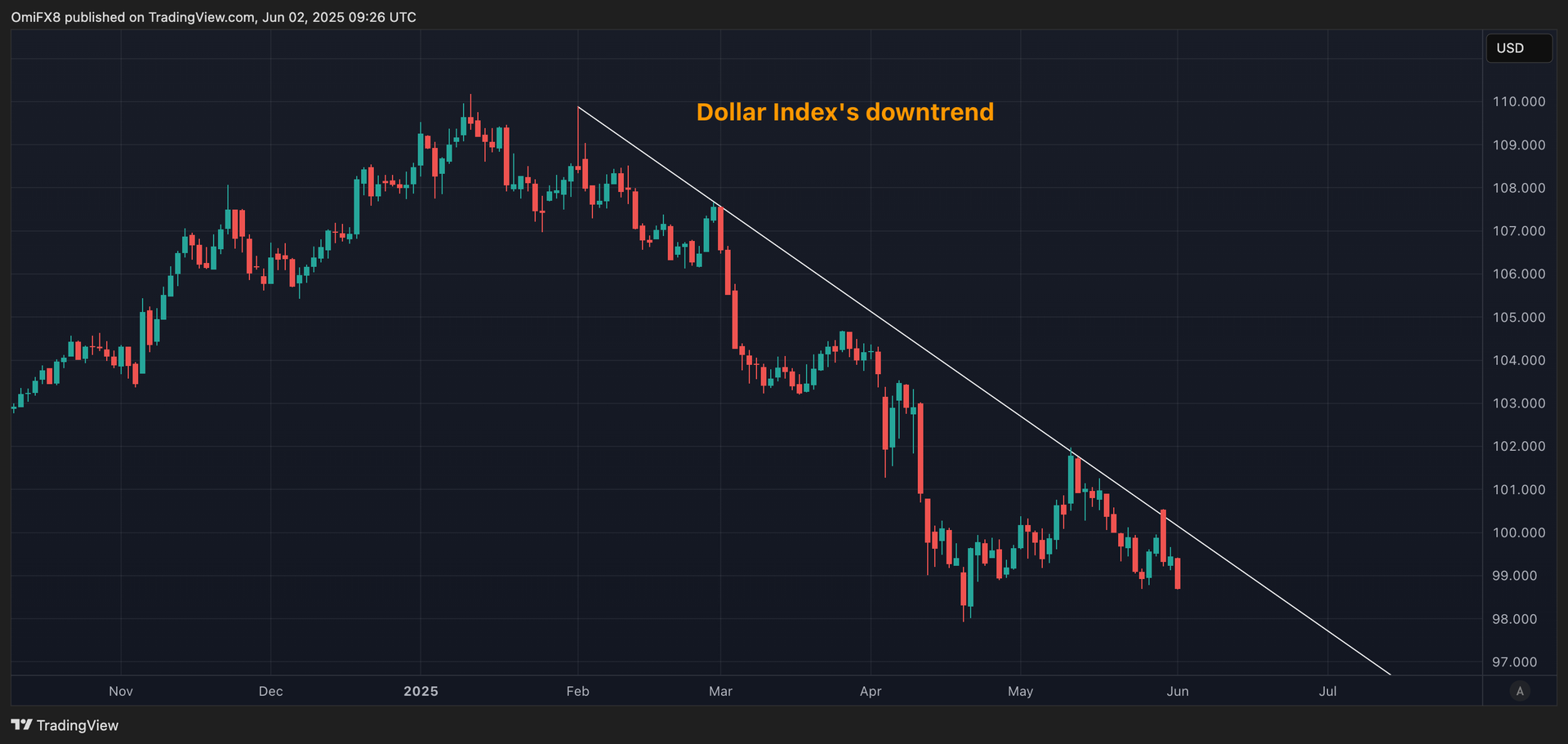Crypto Payments Firm RedotPay Enlists Circle Payment Network in Brazil
Hong Kong-based RedotPay, a crypto payment fintech serving over four million users, has partnered with stablecoin issuer Circle’s new payment network (CPN), to take the headache out of Brazil’s cross-border transactions. The CPN collaboration means RedotPay users can now send cryptocurrency directly to Brazilian bank accounts, with funds automatically converted into Brazilian Real (BRL) upon … Read more




